Abstract
In hazardous-area automation projects, the choice of explosion-proof type is a fundamental engineering decision. While two-wire transmitters are commonly designed as intrinsically safe (Ex i), engineers often ask whether four-wire instruments can also achieve intrinsic safety. This paper provides a comprehensive analysis from the perspectives of power consumption, energy limitations, international standards, and engineering practices.
1. Two-Wire vs. Four-Wire Instruments
Two-Wire Instruments
Power supply and signal share the same pair of wires.
Common in pressure, temperature, and level transmitters (4–20 mA current loop).
Mature intrinsic safety design using safety barriers.
Ultra-low power consumption (typically <0.8 W).
Four-Wire Instruments
Two wires for power, two for signal (current, voltage, or digital).
Used in analyzers, Coriolis mass flowmeters, vibration monitors.
Higher power consumption (several watts to >10 W).
👉 Power consumption is the key reason why two-wire instruments can easily be intrinsically safe, while most four-wire instruments must rely on flameproof (Ex d) protection.
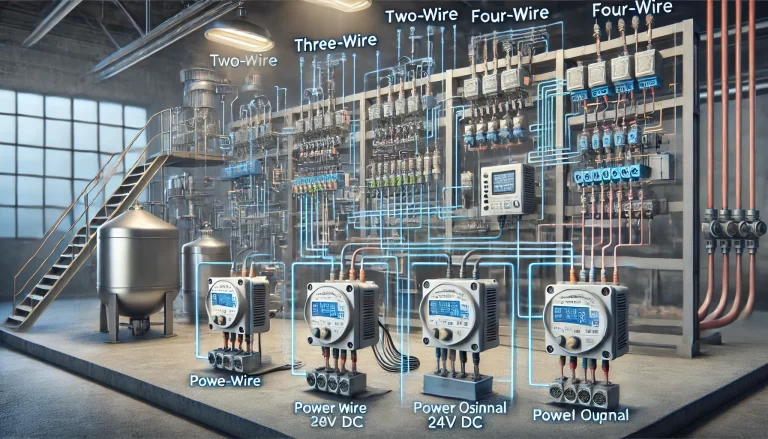
2. Principle of Intrinsic Safety (Ex i)
Intrinsic safety requires that under normal and fault conditions, the circuit must not release enough energy to ignite explosive gases.
Voltage: limited to <30 V.
Current: usually <200 mA.
Power: typically <1.3 W (depending on gas group and temperature class).
Stored energy in capacitance (C) and inductance (L) must also be restricted.
Example:
A capacitor of 1 µF charged at 30 V stores 0.45 mJ of energy, far exceeding the ignition energy of hydrogen (~20 µJ).
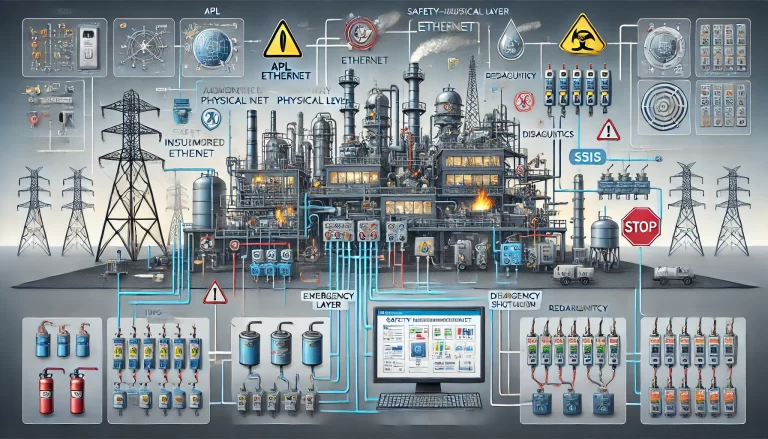
3. Feasibility of Intrinsically Safe Four-Wire Instruments
Typical Case: Excessive Power
Example: 24 V × 0.3 A = 7.2 W
Intrinsic safety limit ≈ 1.3 W
Exceeds limit by 5× → Not feasible.
Special Case: Ultra-Low Power Four-Wire Sensors
MEMS-based or micro-instruments may consume only tens of mW.
With safety barriers, Ex i could be possible, but such products are rare.
Hybrid Approach: Ex d (Power) + Ex i (Signal)
Power circuit designed as flameproof (Ex d).
Signal output designed as intrinsically safe (Ex i).
Certified as a “combination protection type.”
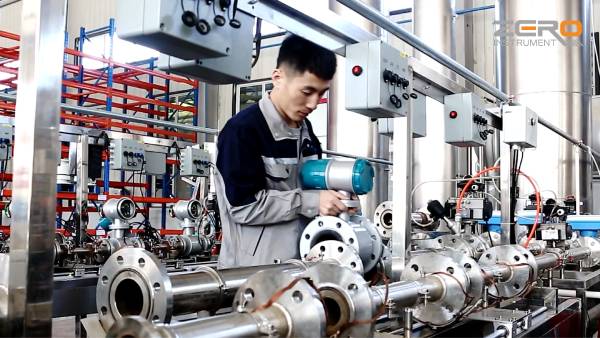
4. International Standards and Certifications
IECEx & ATEX (Europe/International): Strict electrical parameter limits; requires safe performance under both normal and single-fault conditions.
GB 3836 (China): Equivalent to IEC standards; certification forms include Ex ia (Zone 0) and Ex ib (Zone 1).
NEPSI/CQST (China): Rarely issue Ex i certificates for high-power four-wire instruments.
Table 1 — Comparison of Explosion-Proof Types
| Protection Type | Typical Applications | Advantages | Limitations |
|---|---|---|---|
| Intrinsically Safe (Ex i) | Two-wire transmitters, low-power sensors | Easy wiring, safe maintenance | Strict power limits |
| Flameproof (Ex d) | Four-wire analyzers, flowmeters | No strict power limit | Heavy enclosure, difficult maintenance |
| Increased Safety (Ex e) | Junction boxes, motors | Simple structure, low cost | Not suitable for electronic circuits |
| Combination (Ex d + Ex i) | Certain intelligent four-wire instruments | Balances power & signal safety | High cost, complex certification |
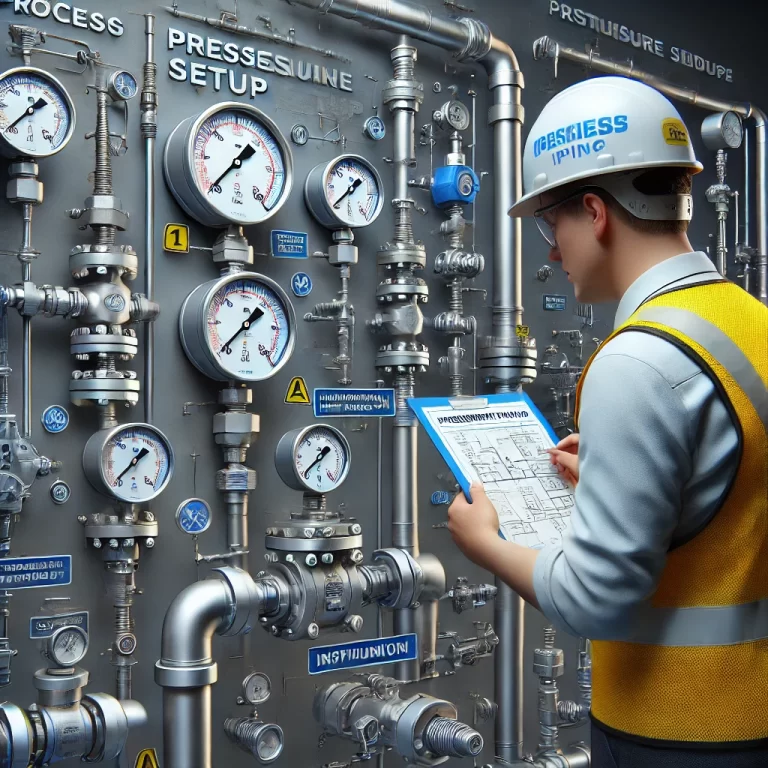
5. Common Misunderstandings
❌ “All instruments can be made intrinsically safe.”
→ Reality: Most four-wire instruments cannot.❌ “Intrinsic safety is superior to flameproof.”
→ Reality: They are suited for different scenarios.❌ “Only voltage/current matter, not capacitance/inductance.”
→ Reality: Stored energy can still ignite gases.
6. Industry Trends
Rising Power Demand: More instruments integrate MCU, HART, Modbus, or Ethernet, making Ex i harder.
Hybrid Protection Schemes: Ex d + Ex i gaining wider acceptance.
Low-Power Electronics: Advances in chip design may enable more intrinsically safe four-wire sensors in the future.
7. Engineering Recommendations
For hazardous areas requiring four-wire instruments:
Prefer Ex d or Ex d + Ex i designs.
Verify certificates before procurement to avoid acceptance disputes.
If intrinsic safety is mandatory:
Prioritize two-wire Ex i instruments.
For four-wire devices, consult manufacturers on power and certification feasibility.
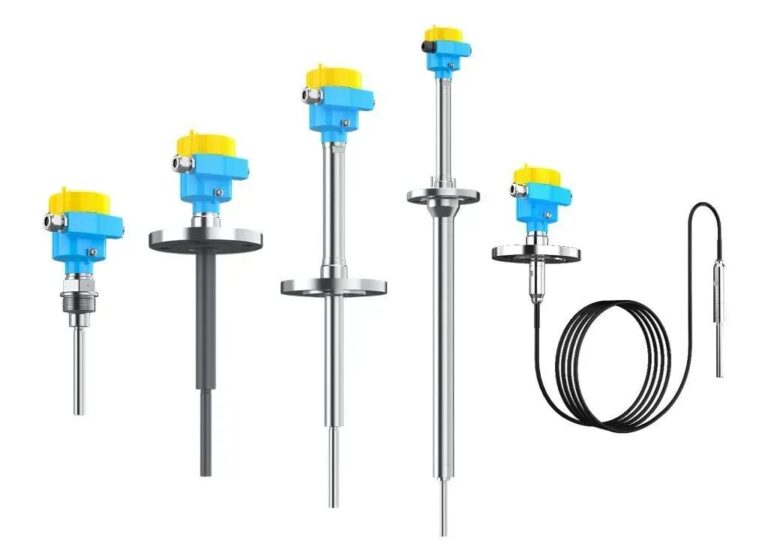
8. Conclusion
Theoretical possibility: Low-power four-wire instruments can be intrinsically safe.
Practical reality: The vast majority cannot meet Ex i power limits and must use flameproof or hybrid protection.
Design advice: Engineers should adopt realistic solutions and avoid blanket requirements like “all instruments must be intrinsically safe.”
